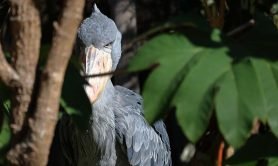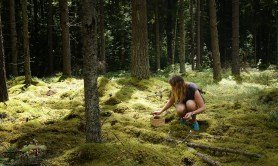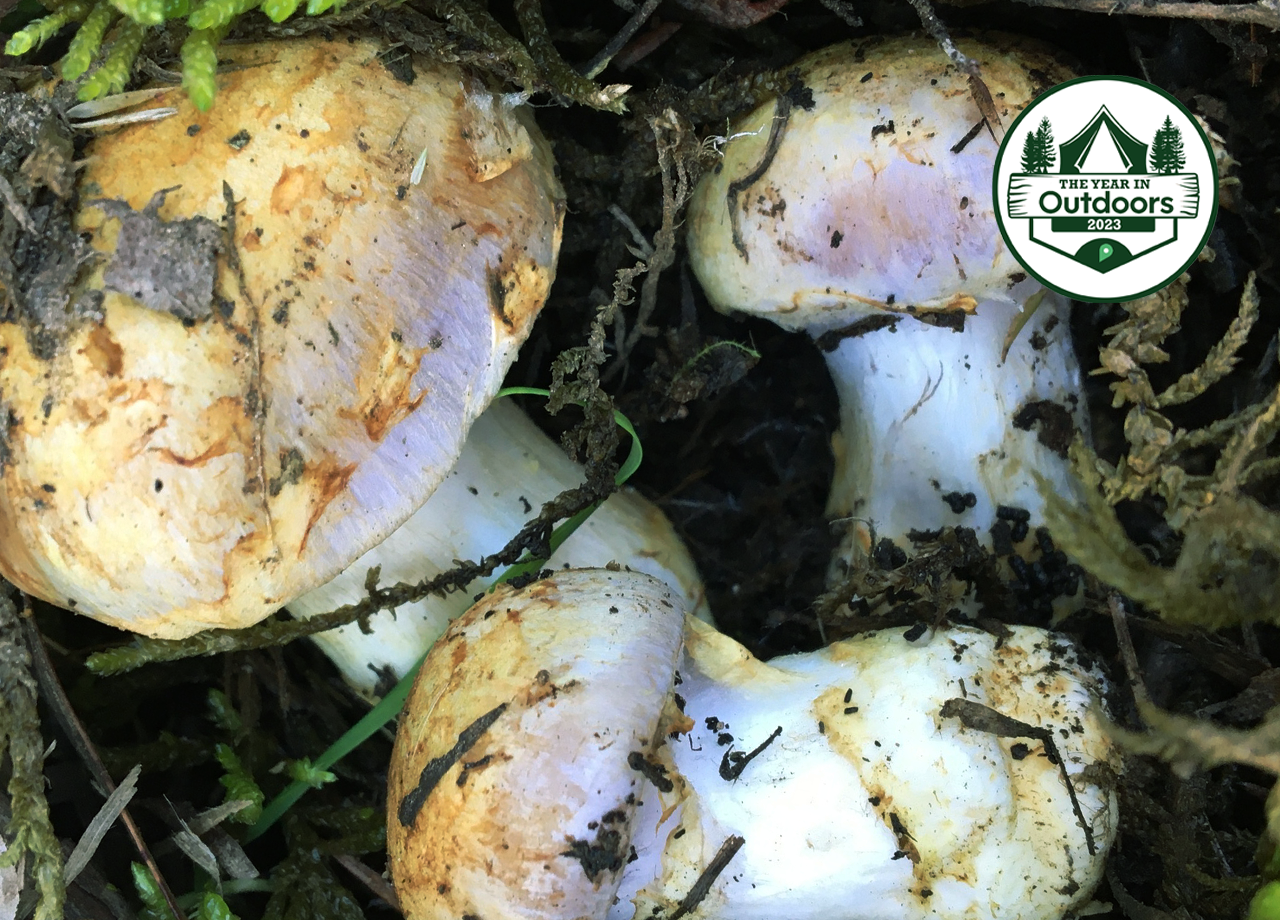

Discovering a new species is the dream of many biologists and nature enthusiasts. And, while it might seem like a difficult task, species that are new to science are discovered all the time. It’s not only in remote and exotic places that new species are found, either—sometimes it’s in cities and or even people’s backyards. As 2023 comes to an end, let’s take a look back at some of the most exciting plant and fungal discoveries made in the United States.
No Such Thing as a ‘New’ Species
Before moving forward, there is not really such a thing as a “new” species. They may be new to science, but, in some cases, these species have been around for hundreds of millions of years, and some may have even been used or consumed by people. So please take “new species” “recently discovered” with a grain of salt.
Also, for a species to be officially recognized as new, it doesn’t just mean finding it. It takes an in-depth investigation that often requires DNA analysis. I’ve encountered many undescribed plant and mushroom species in my days, but I haven’t put in the rigorous work required to actually get them registered.
1. New Chanterelle Mushroom From the Southeastern United States
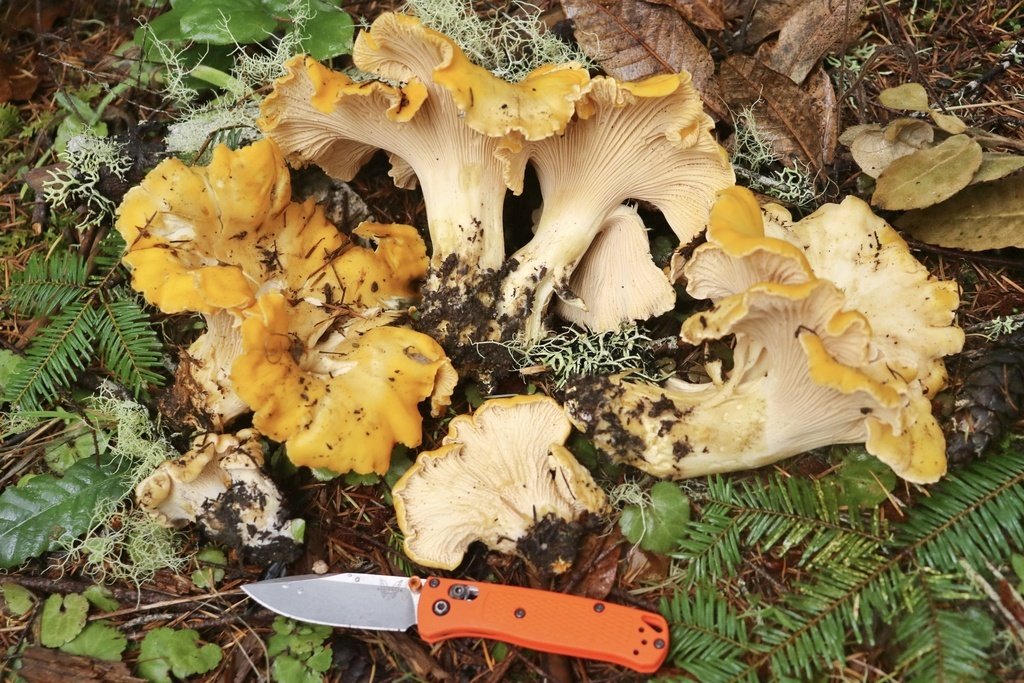
Chanterelles are delicious edible mushrooms you may have heard of, but many folks don’t realize there are more than 50 different species of them. Just this year, a new species of chanterelle mushroom was described from low-elevation areas of eastern Tennessee. The new species, Cantharellus vicinus, associates with oaks and is distinct because of its compact size, white stem, and false gills that turn a salmon color when mature. While it’s new to science, it’s likely that mushroom hunters in the region have been eating this mushroom for decades. This species is also known from Indiana and Mississippi.
2. Newly Described Truffle From Eastern North America
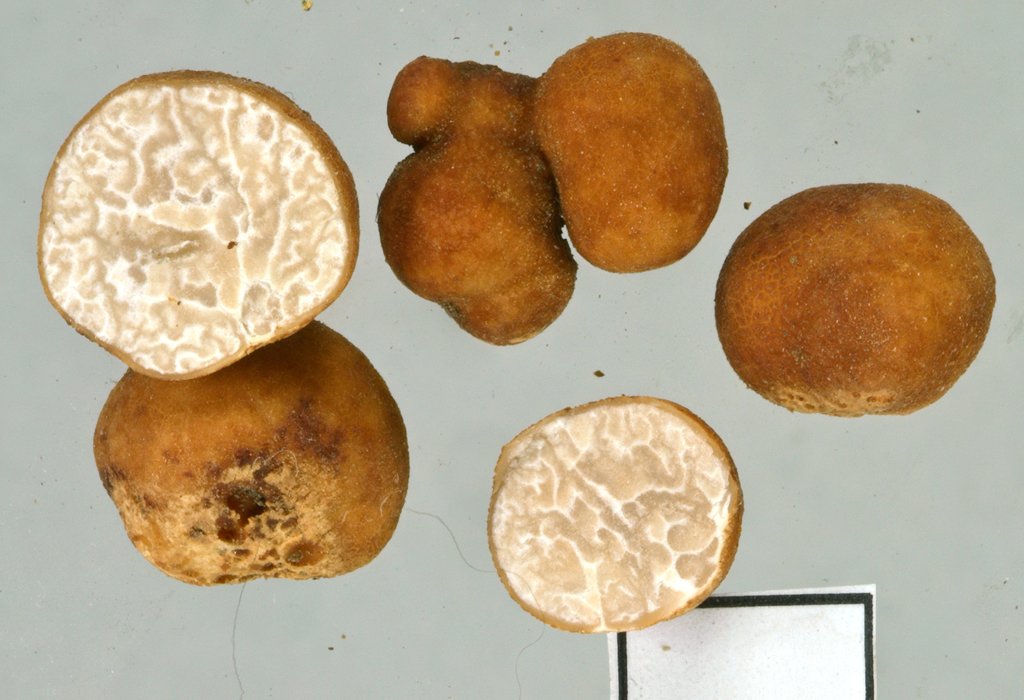
Truffles are mushrooms that grow underground, so it´s not surprising that they´ve managed to keep a low profile. This year, a new species of truffle known as Tuber rugosum, was described from eastern North America. It had been previously collected in the Midwest and Quebec, Canada, and it grows in associations with oaks. Interestingly, the authors also looked into the consumption of this truffle, not by humans, but by slugs, which may be responsible for the dispersal of its spores.
3. Two Newly Described Mosses From California
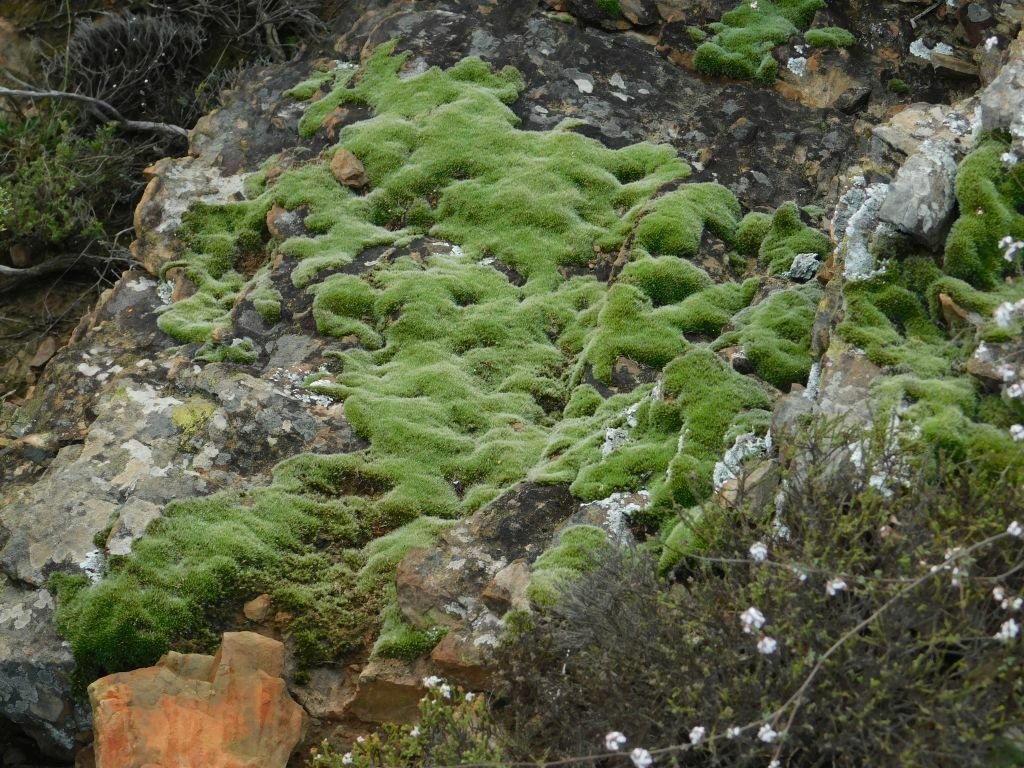
California is known to have at least 640 species of moss, and the list keeps growing. Just this year, botanists discovered two new species of moss that are found nowhere else but in California. These mosses were found in the Klamath Mountains, a hotspot of biodiversity that has recently gained the interest of many biologists for the unique species that occur there. Just last year, a new species of onion was also discovered from these same mountains. These new mosses are a type of Grimmia moss that includes dozens of species that are extremely difficult to differentiate.
4. New Species of Webcap Mushroom From Gulf States
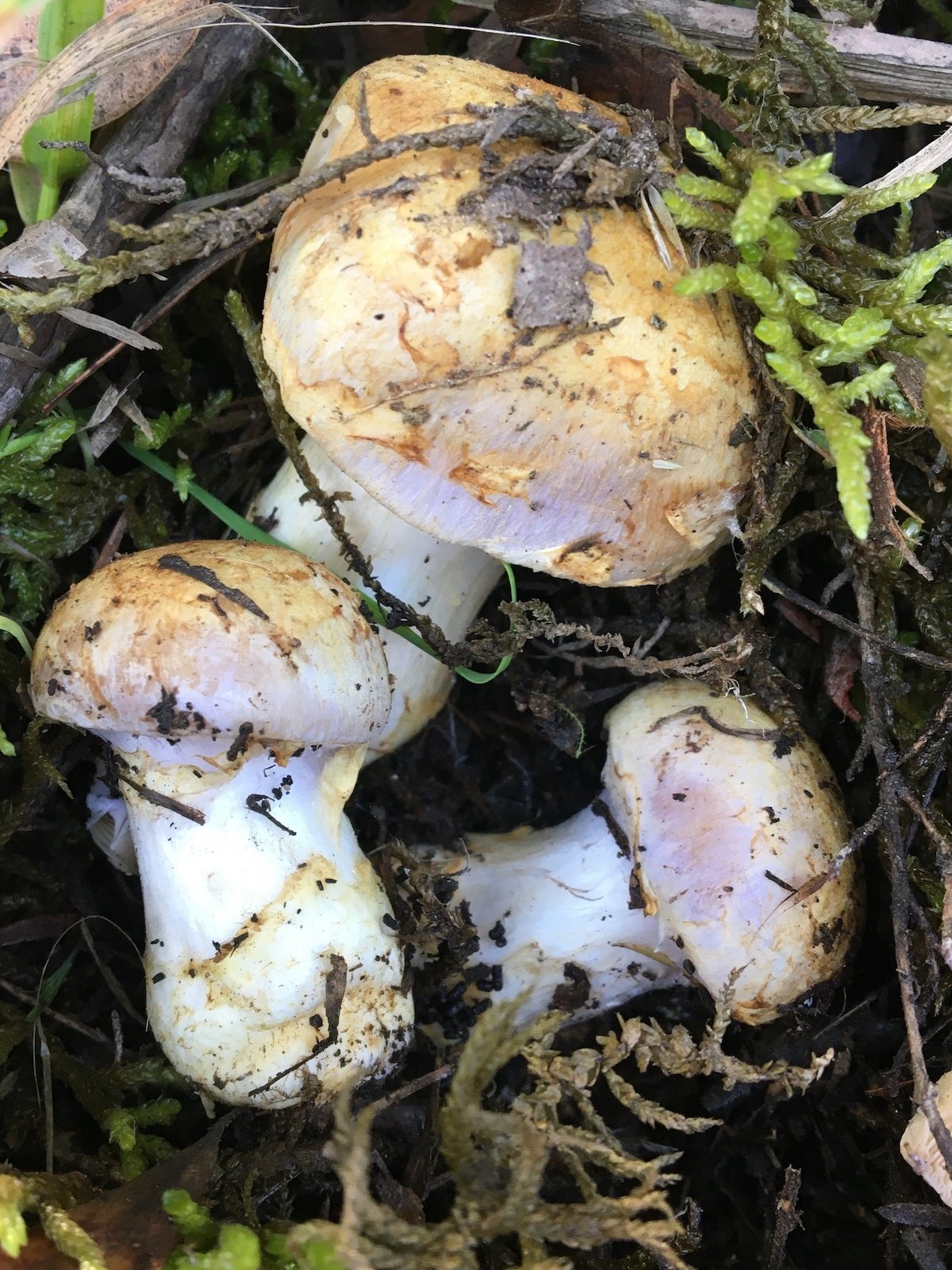
If you’re in the Gulf states, you may be able to stumble upon one of the newest species known to science. It’s called Cortinarius watsoneae, and it is a type of webcap mushroom. It is particularly photogenic due to its slimy cap, purple stem, and spider web veil that covers the bottom of the cap. While this mushroom does have some edible relatives, it also has many toxic ones. This new species is not known to be safe for consumption. It was named after the late Geraldine Watson, a botanist, artist, and conservationist who was responsible for the preservation of long-leaf pine forests in the Gulf region.
5. New Species of Bamboo From Alabama
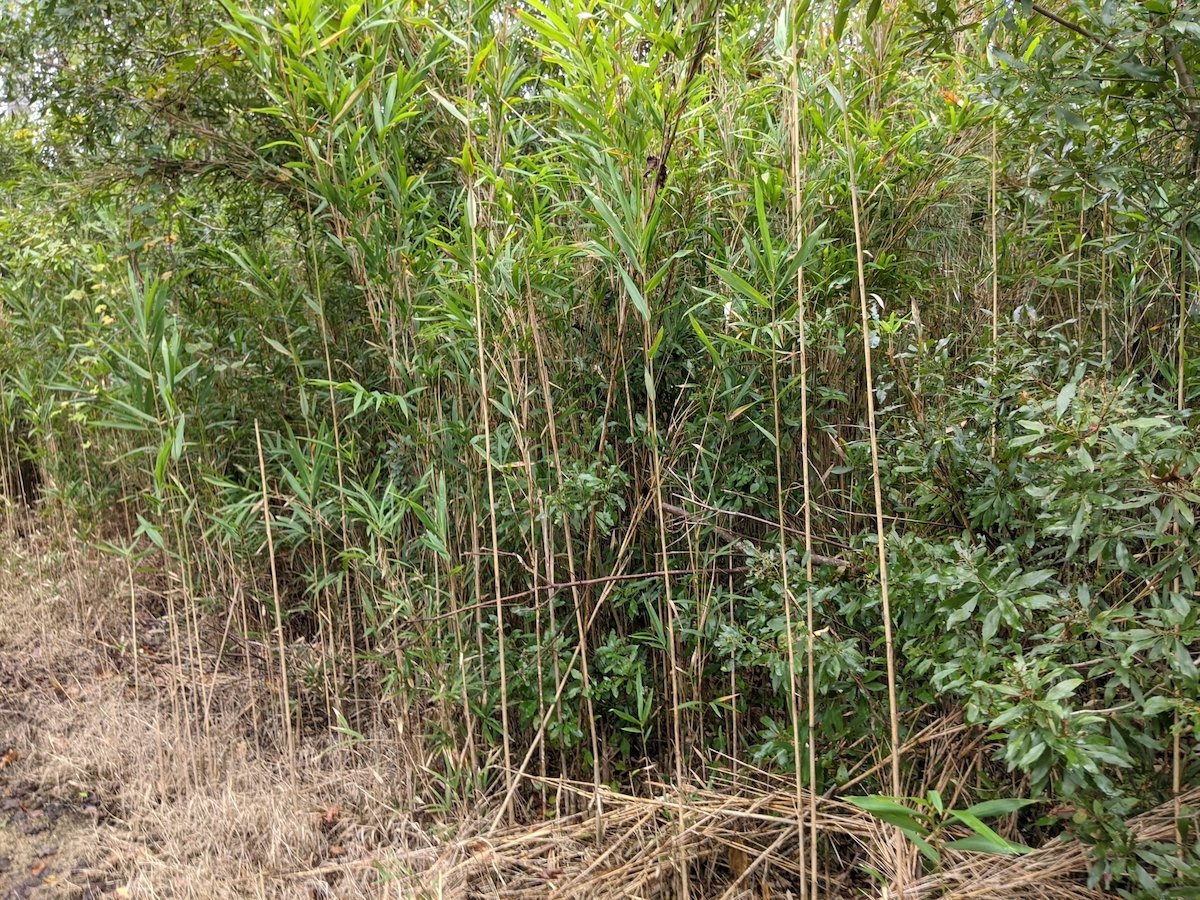
Most people think of Asia when it comes to bamboo, but actually, North America has dozens of native bamboo species. This year, a new species known as Tallapoosa cane (Arundinaria alabamensis) was described from eastern Alabama, where it is known from eight distinct populations. It grows in oak-hickory forests and has a close resemblance to two other native bamboo species known as river cane (Arundinaria gigantea) and hill cane (Arundinaria appalachiana).
These Are Just the Tip of the Iceberg
These species are just the tip of the iceberg in terms of “new” discoveries to science in 2023. Internationally, for instance, there were two new carnivorous plant species discovered in the Andes and six new species of “zombie-ant fungi” that were described from China this year.
While discovering new species is fascinating, it can also have profound impacts on conservation. A study from this year suggests that three out of four undescribed plant species are already at risk of extinction. This means finding and describing new species is an urgent matter for conservation, simply so we know what to protect before these species disappear under our noses.
CHECK OUT THESE OTHER YEAR-END STORIES FROM OUTDOORS.COM:
- The Year in Outdoors: A Look Back at 2023
- The Year in Outdoors: People of the Year 2023
- The Year in Outdoors: 2023 Saw Some Great New Gear—Here Are a Few Favorites
- The Year in Outdoors: Our Top 10 Stories in 2023 (Plus 10 You May Have Missed)
- The Year in Outdoors: New Mosses, Mushrooms, and Other Forest Things Discovered in 2023
- The Year in Outdoors: New Animal Species Discovered in 2023
- The Year in Outdoors: Our Favorite Creators, YouTubers, and Podcasters of 2023
- The Year in Outdoors: These Were Some of the Most Heartwarming, Epic, and Outrageous Outdoor Videos of 2023



